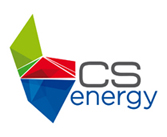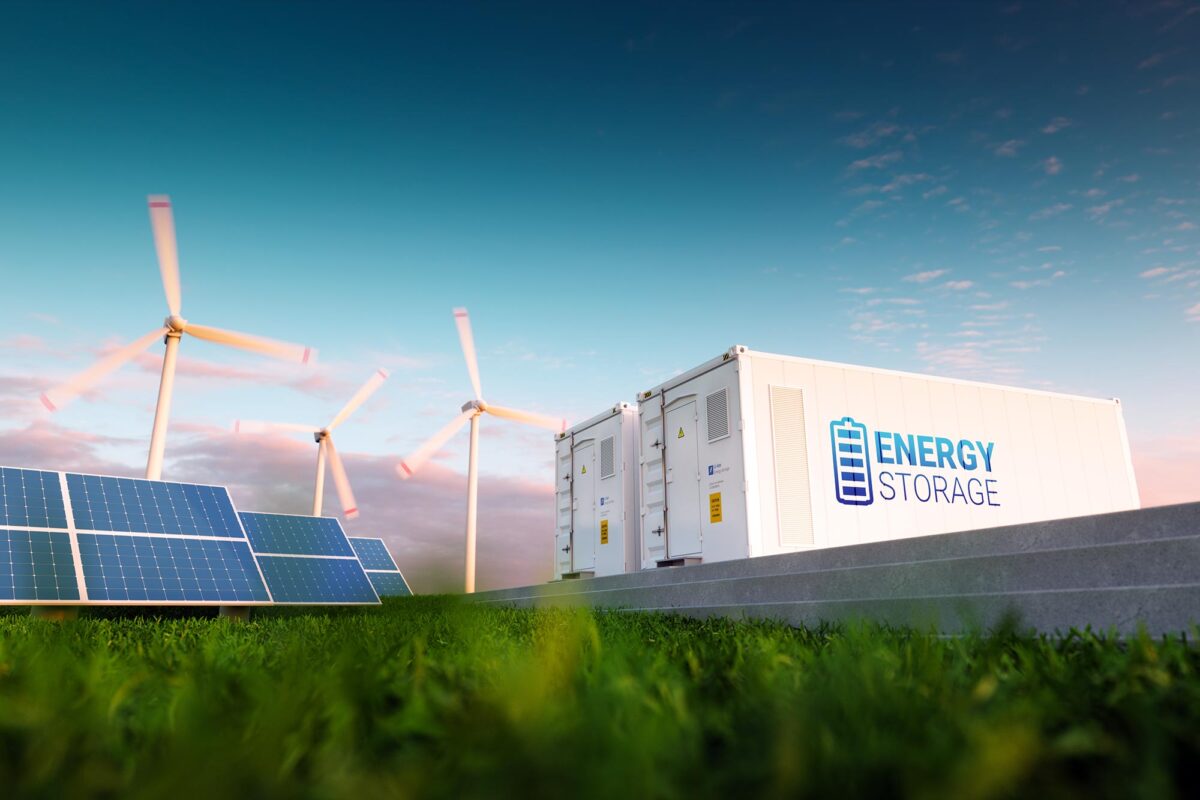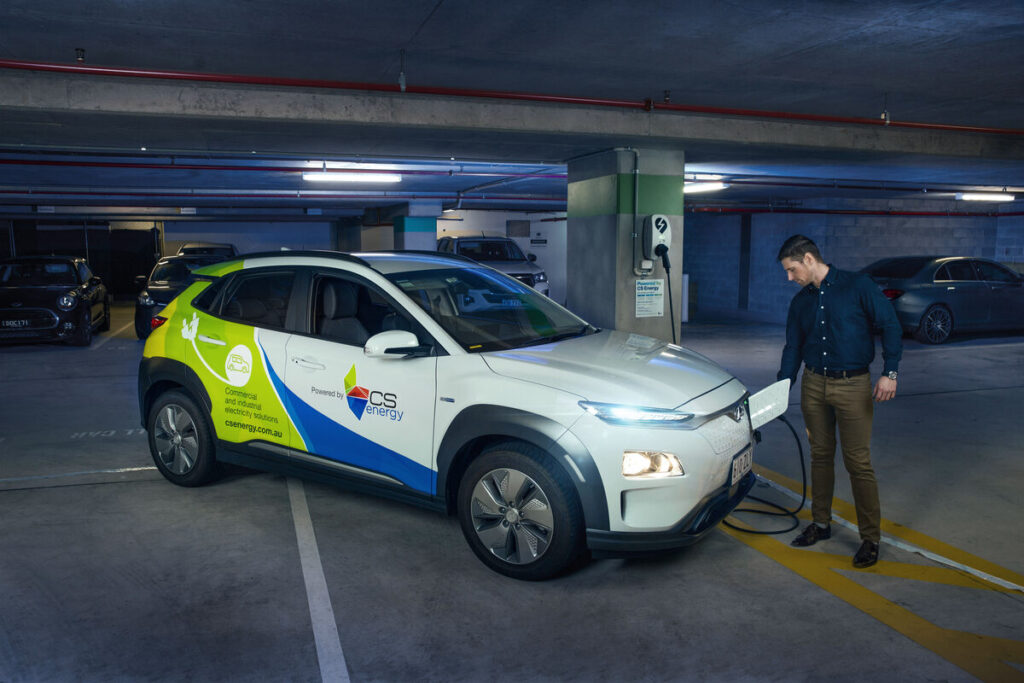Ammonia is a type of gas that is widely used in fertiliser and chemical industries. The storage and transport of ammonia is a mature industry and is delivered at scale through ocean tankers.
One way of making ammonia is by using hydrogen from water electrolysis and nitrogen separated from the air. When this process uses electricity sourced from 100% renewable sources to power the electrolysis process, the end product is referred to as ‘green ammonia’.
Ammonia has a key role to play in the green hydrogen economy because it is an efficient carrier of hydrogen over long distances. This is because, for a given transport ship size, almost twice as much gaseous hydrogen can be extracted from a liquid ammonia shipment as compared to a liquid hydrogen shipment.
There’s a lot of exciting developments when it comes to green ammonia, including:
- Projects currently underway in Japan, where companies like JERA are exploring ways of co-firing ammonia in coal powered generation to cut CO2 emissions;
- Gas turbines also being developed to co-fire ammonia or hydrogen in gas powered generation. This will help to decarbonise and achieve emissions reductions; and
- New gas turbine combustor technology is being developed to reduce emissions from using ammonia as a fuel, which as a nitrogen/hydrogen compound would be a true decarbonised power source.
Click here to learn more about CS Energy’s renewable energy services and expertise.





